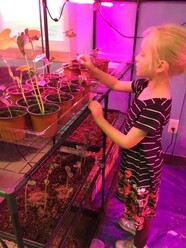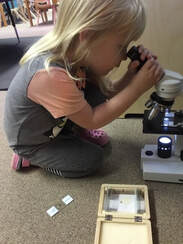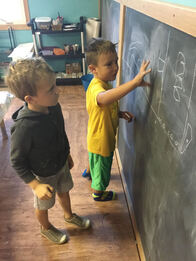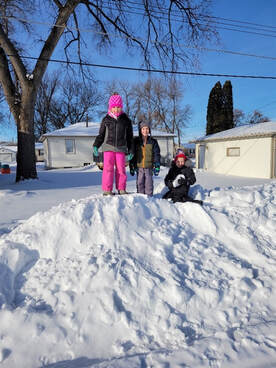 The variety of options for public and private education in the United States has come a long way since the founding of the Boston Latin School (the first public school founded in the United States) in 1635. The Boston Latin School still operates to this day, along with over 130,000 other public schools and nearly 35,000 private schools across the country. With so many options for public and private education, what sets the Reggio Emilia approach apart? It starts with collaboration, critical thinking and the role that the classroom environment plays in both.  In many classroom settings, educators are responsible for working within a classroom environment that is a reflection of a curriculum that is pre-written, paced and predictable. Each day of predetermined instruction is delivered in a classroom. The instruction happens - but is the learning authentic? Does it connect to the interests and strengths of the educators and students? Does the classroom environment change and evolve to reflect the students and educators - to, in a way, come to “life” as a Third Teacher? Often times, pacing guides and “practical” instruction no longer allows for this natural growth of the classroom environment. When the classroom environment is permitted to grow and change along with the educators and students, the atmosphere of the classroom is flexible, engaging and authentic.  Not only is the classroom conducive to collaborative learning between teachers and peers, it is also representative of the interests and lives of the students (and teachers!) who are a part of the classroom community. Students enjoy the experience of working hands-on with materials that connect directly to their current learning, and they are able to revisit prior learning as many projects and materials from our previous Inquiry Blocks remain accessible in the classroom throughout the school year. They are able to move naturally from each area of the classroom to the next as their interests come and go, each minute of their activity focused on learning from their environment and from each other. In our classroom, we may be learning about many different topics each day as we follow the interests of our students and as we work within the framework of our Inquiry Block that outlines ideas for research, project work and discussions. There is so much value in our discussions, our projects, our collaborations and our research - and none of these things would be as rich as they are without our classroom environment supporting everything that we do at school each day. A lesson doesn’t stop after a set period of instruction - the learning is taken into the hands of the students as they carry on with their learning through utilizing the materials that interest them most.  When learning about dinosaurs, some students may expand their learning through utilizing a variety of dinosaur figurines in our sensory bins. Other students will focus on drawing dinosaurs and labeling them by name. The class may become interested in the asteroid that hit Earth that led to the extinction of dinosaurs, and we will work together on an asteroid impact science experiment using materials in our classroom kitchen. Students may also be found at the puppet theater with puppets they have created of different dinosaurs, acting out life as a dinosaur, the extinction event or perhaps a mix of fact and fiction as their imaginations take them on an adventure. The possibilities are endless when the Third Teacher is thriving!  One of the most meaningful benefits of allowing children to shape their learning environments as they grow is that they will learn to see the world with more wonder, to keep their curiosity throughout their childhood, into their adolescence and eventually, into adulthood. Every environment, to them, becomes an opportunity for learning - because they know they have the ability and confidence to shape it. Learning doesn’t always happen within the indoor classroom environment. It can (and should!) be taken to many different places. Some of our most memorable learning at TIS Jr has taken place in the “outdoor classroom”. Indeed - the outdoors provides some of the best opportunities for learning! Long before toys, modern playgrounds and other forms of entertainment, the outdoors was all children needed for learning through hands-on play. The importance of the First Teacher (the parent or guardian of a child) and the Second Teacher (the classroom teacher) are undoubtedly important in the lives of each child. Through the Third Teacher (the environment in which a child learns), we are able to see all of the support and collaboration of the First and Second Teachers reach full potential. Children need the freedom to appreciate the infinite resources of their hands, their eyes, and their ears, the resources of forms, materials, sounds and colors. - Loris Malaguzzi (Founder of the Reggio Emilia Approach)
0 Comments
Leave a Reply. |
TIS StakeholdersA collection of thoughts, ideas and reflections from our educators, students, and families. Archives
September 2023
Categories |







 RSS Feed
RSS Feed
